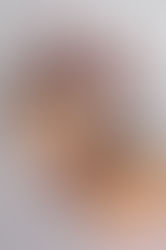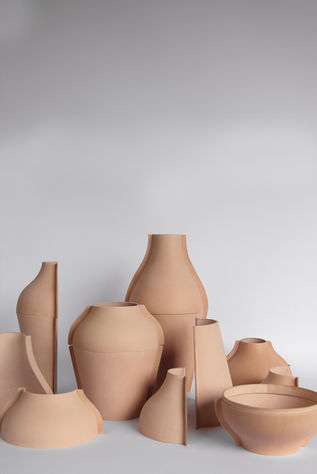top of page




1/5




1/5

Leather Vases
A series of vases with a new and up-to-date interpretation of the water jug
2021
Presented at | Factory Design, Maison&Objet Paris, France, Sept. 2022
Presented at | 1000 Vases, Paris, France, Sept. 2022
Presented at | “For Now” Jerusalem Design Week, Jerusalem, Israel | July 2022
Nomination for the Czech International Student Design Award 2021
Tanning, the profession of leather processing, is one of the oldest occupations known in human history. Tanners are leather processors whose job is to turn animal skin into clean, smooth, and ready-to-use leather. The ancient tanners would process the skin using a vegetable tanning method, which preserves the "breathing" properties of the leather.
The project emphasizes the leather and its properties as a natural raw material. I chose to use the leather feature to soften on contact with water and harden when dry in the way it was applied. This working technique is called "Wet-Forming" which allows creating a 3D shape from a 2D sheet of leather.
I applied this technique in a series of vases. The vases carry within them a new interpretation of the 'water jug' object of the 2000’s. The vases refer conceptually to the social significance of leather as raw material and an up-to-date and prestigious display object.
Men began to manufacture and use vases as early as ancient times when they had various uses. The most common use of a jug was a vessel for liquids, water, or wine. Different cultures have used the jug during traditional ceremonies and customs. Today in the modern age, the vase is known to us as a decorative tool, whose design is intended to enhance the beauty of its contents and its use is not necessary compared to antiquity. The leather serves as a status symbol indicating the social status of luxury, prestige, and wealth.
The viewer's response is an integral part of the project. At first glance there is a superficial interest, a focus on the object itself, presuming it is made from some kind of clay. The second look produces a deep reference to all aspects of the project and includes within it emotional responses ranging from sympathy to disgust.












bottom of page



